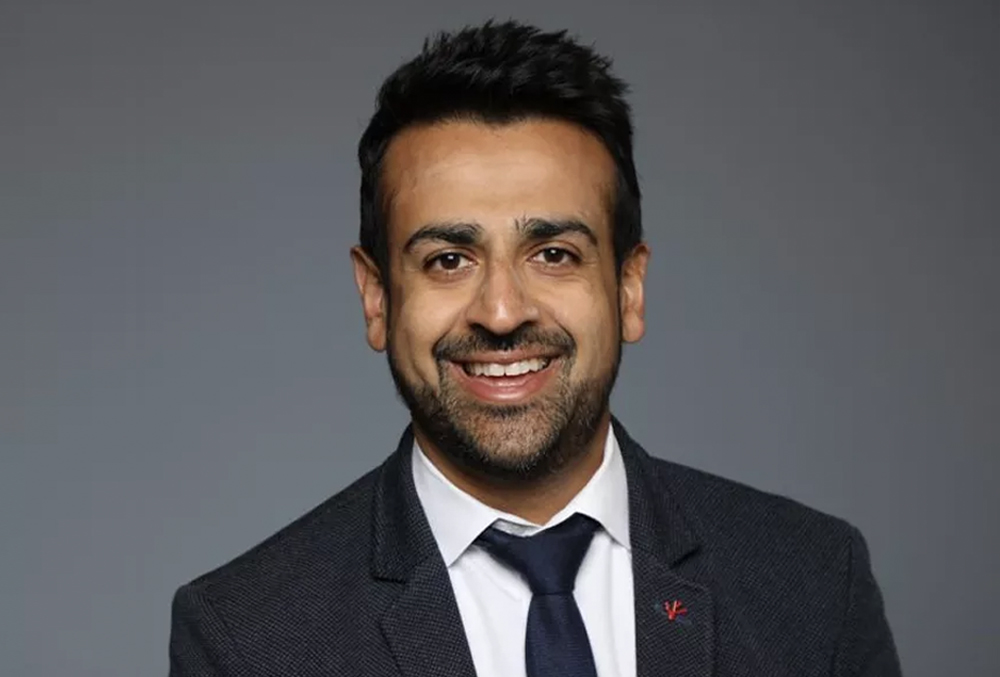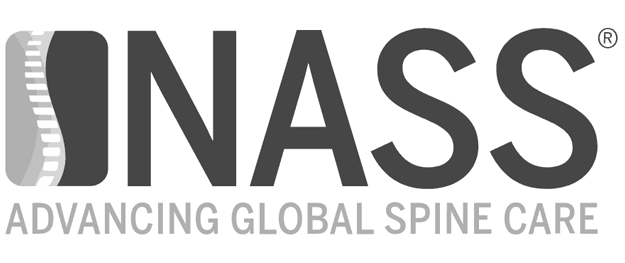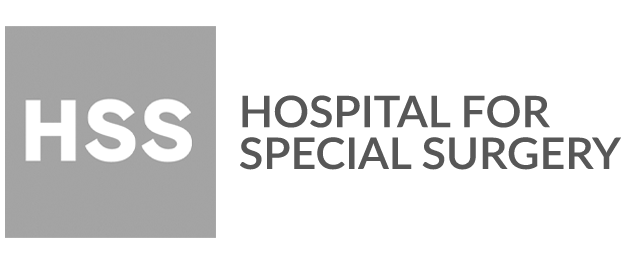
Abstract
Purpose
The objective of this study was to discuss our experience performing LLIF in the prone position and report our complications.
Methods
A retrospective chart review was conducted that included all patients who underwent single- or multi-level single-position pLLIF alone or as part of a concomitant procedure by the same surgeon from May 2019 to November 2022.
Results
A total of 155 patients and 250 levels were included in this study. Surgery was most commonly performed at the L4–L5 level (n = 100, 40%). The most common preoperative diagnosis was spondylolisthesis (n = 74, 47.7%). In the first 30 cases, 3 surgeries were aborted to an MIS TLIF. Complications included 3 unintentional ALL ruptures (n = 3/250, 1.2%), and 1 malpositioned implant impinging on the contralateral foramen requiring revision (n = 1/250, 0.4%), which all occurred within the first 30 cases. Out of 147 patients with more than 6-week follow-ups, there were 3 cases of femoral nerve palsy (n = 3/147, 2.0%). Two cases of femoral nerve palsy improved to preoperative strength by the 6th week postoperatively, while one improved to 4/5 preoperative strength by 1 year. There were no cases of bowel perforation or vascular injury.
Conclusion
Our single-surgeon experience demonstrates the initial learning curve when adopting pLLIF. Thereafter, we experienced reproducibility in our technique and large improvements in our operative times, and complication profile. We experienced no technical complications after the 30th case. Further studies will include long-term clinical and radiographic outcomes to understand the complete utility of this approach.
Introduction
Since its first technical description by Ozgur et al. in 2006, multiple studies have been published supporting the utility of the lateral interbody fusion (LIF) technique [1]. Benefits of LIF include increased stability of the spine [2], restoration of foraminal height via large implant placement resulting in indirect decompression [3], and reduced operative time vs. standard open techniques. The larger annular/disc release and subsequent tools and implants allow a reproducible method to restore the degenerative, malaligned spine to a more physiological state [4]. Although the benefits of this fusion are continuously being published, resulting in the increasing popularity of the technique, there have been some limitations in the education and technique adoption. Major shortcomings of the procedure include the need to reposition the patient from the lateral decubitus to the prone position to perform supplemental posterior instrumentation, decompression, and/or osteotomies, the inability to access the L5–S1 level due to the anatomical relationship of the iliac crest to the disc space, and concerns for nerve injuries at the L4–L5 level [5].
In most operating rooms, the flip from lateral decubitus to prone can add significant operative time to the surgery resulting in extended anaesthesia usage and increased hospital costs. Several workarounds have been created to improve efficiency in the lateral position, including standalone interbodies, lateral plate fixation, and unilateral pedicle screws [6, 7]. Although possible, these workarounds have not come into general favour with the larger spine community. There is still a preference to perform pedicle screw placement in the prone position, both for ease and improved lordosis in the prone position [8, 9]. In an effort to restore operating room efficiency while maintaining the benefits of a LIF, the prone lateral technique for interbody fusion is studied [10, 11]. Potential benefits of recent preliminary data have included full access to the posterior column to perform direct decompressions and/or osteotomies and avoiding the intraoperative flip resulting in decreased operative time.
The purpose of this study is to describe our experience with prone lateral interbody fusion. We describe our learning curve, perioperative data, technique modifications, complications, pearls and pitfalls, and suggestions for further refinement of the technique.
RECENT POSTS

About Dr. Ashish Patel, MD
My training at the Hospital for Special Surgery in New York, a leading orthopedic hospital, created a strong desire to educate my patients regarding their neck and back condition, as I believe a well-informed patient can better participate during a joint decision-making process. I am focused on maximizing the overall patient experience and streamlining high-quality spine care for my patients.


![[Video] new research grant awards — Awarded to Spine Surgeon Dr. Ashish Patel [Video] new research grant awards — Awarded to Spine Surgeon Dr. Ashish Patel](https://mdashishpatel.com/wp-content/plugins/bold-page-builder/img/blank.gif)







